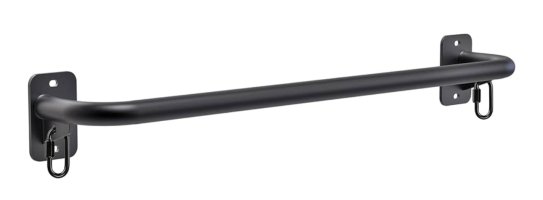Bumping this forgotten thread...
I made a
brief summary of some points in the Hanging method.
Topics: death mechanism, ligature (knots and position), anchor point (knots), rope (type, material, thickness), testing, general advice...

The death mechanism in Hanging (Partial and Full Suspension) is:
The blockage of oxygenated blood supply (carotid arteries) to the brain (cerebral anoxia). Brain cells begin to die rapidly due to oxygen deprivation.
The brain needs a constant supply of oxygen to produce energy and to perform its various functions. That blockage of oxygenated blood leads to a rapid loss of consciousness, typically within less of 15 seconds.

Ligature (neck)
It is recommended to use a knot that tightens itself when weight is applied. To achieve more pressure and compressing uniformly the neck without leaving empty spaces in the ligature.
For example: Noose knot with stopper knot (also known as Arbor knot)
Knot in action
• The knot of the ligature: should be placed at the back of the neck, in the center.
• The position of the ligature (rope): goes under the jaw. More or less at the height of the Hyoid Bone, which is above of the Adam's apple (laryngeal prominence).
Where the carotid arteries are most accessible, you can even feel the strong pulse on both sides of the neck. Is the softest area of the neck, and the rope will penetrate and compress more easily.

Anchor point
You can use any of these knots: Bowline knot, Anchor hitch knot, Overhand loop knot.

Rope
• Strong materials: polyester or polypropylene.
• Rope type: static and braided. It shouldn't be elastic, as it will stretch under weight.
• Thickness: It will depend on each person's taste, between 10 and 14 mm is fine and comfortable.
The rope must have sufficient area to exert pressure. Ropes that are too thin are not recommended, as they will penetrate too deeply and will not be very comfortable, in addition to having less area to apply pressure.
Before purchasing the rope, check its breaking load.

Testing: rope, anchor point
• Always test your anchor point and rope.
They must support your full weight. They must not break for any reason. Everything should be strong, sturdy, and safe.
You can tie the rope to the anchor point and hang from it with your hands and swing a little (to mimic the convulsions and spasms phase).. and see what happens. Neither of them should show any signs of damage.
• Also test if you can tie the ligature knot correctly, and if the 'noose knot with stopper knot' slides easily without getting stuck. You can do the test on an arm or a leg.

Very important
• Before thinking about an attempt, it is better to be well informed about the method, and being 100% sure of your actions.
• A clear mind is essential to avoid making mistakes. I don't recommend being under the influence of any substance, alcohol, drugs, medications, etc.
• You'll need time alone, without interruptions, with no one lurking around.
• If possible, it would be good to cover your face with something, so as not to traumatize whoever finds you.


